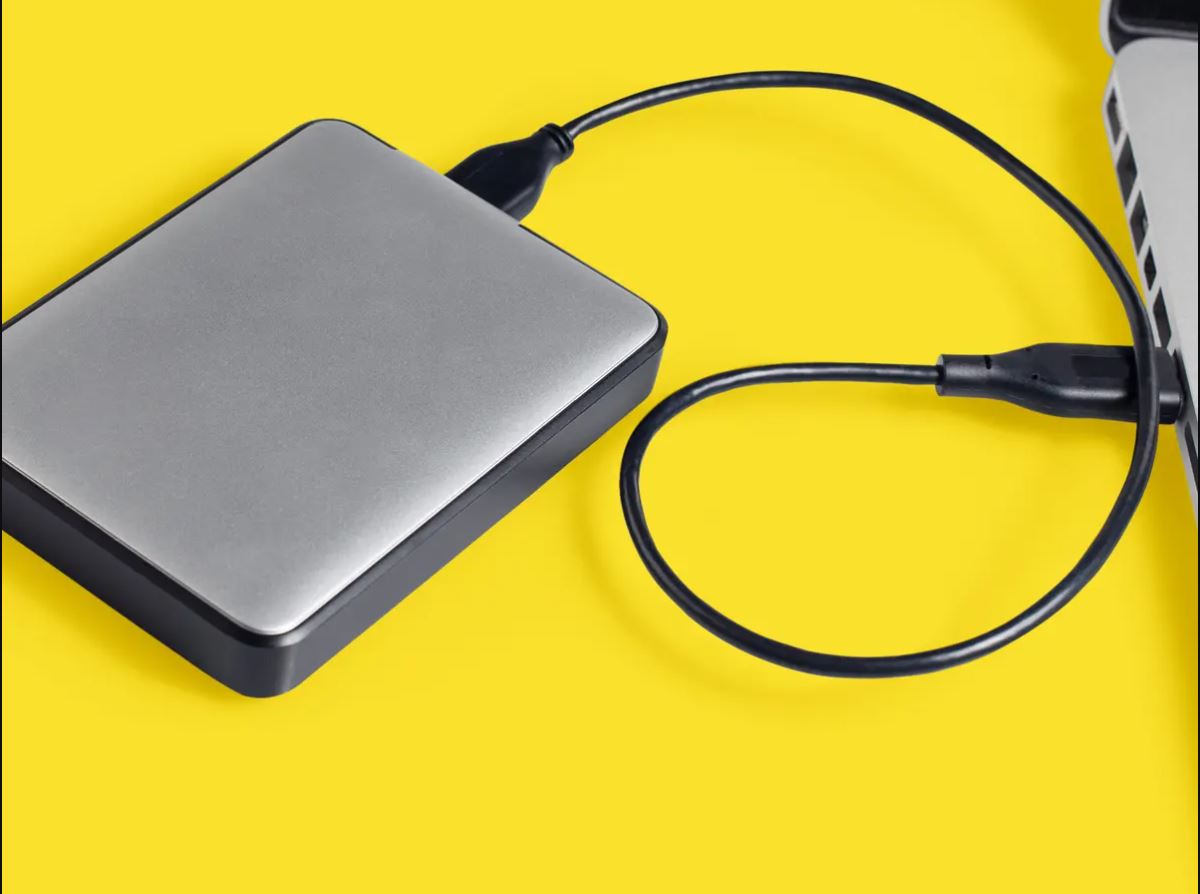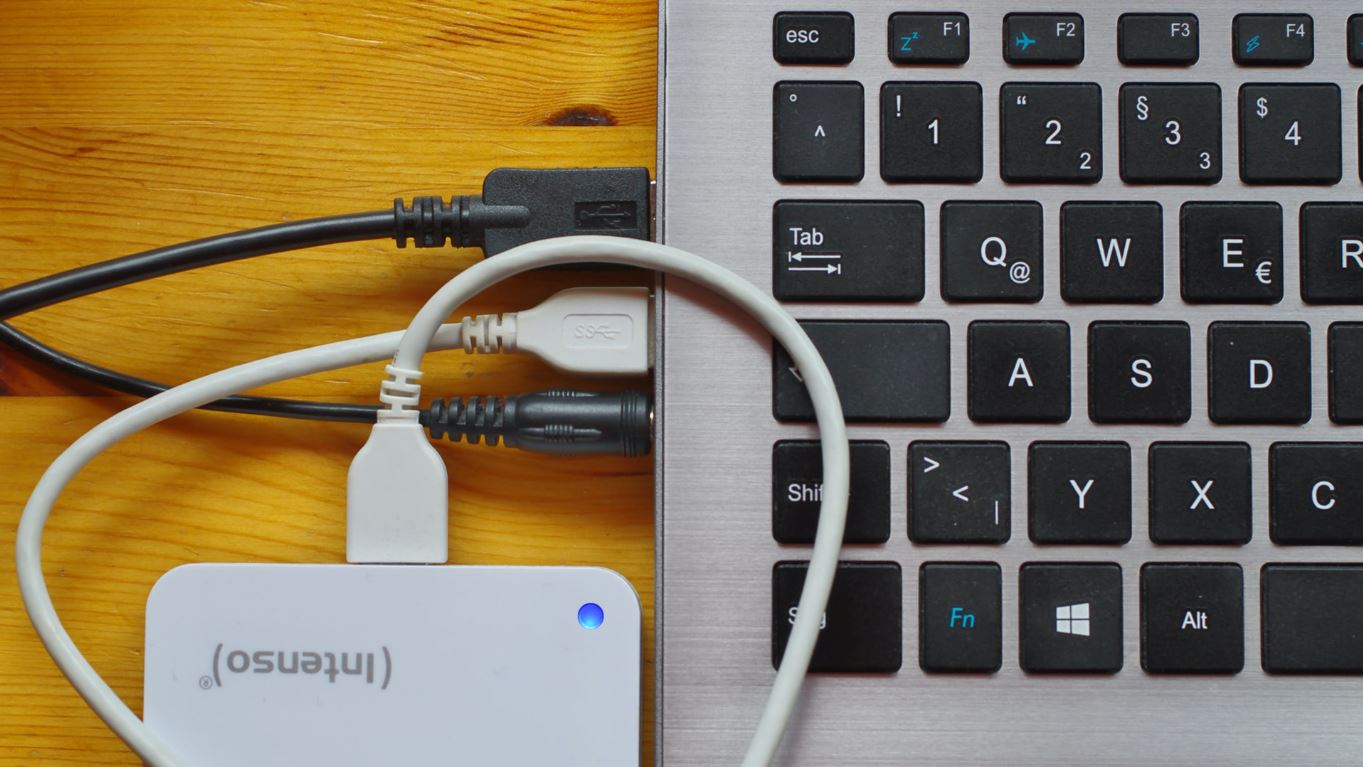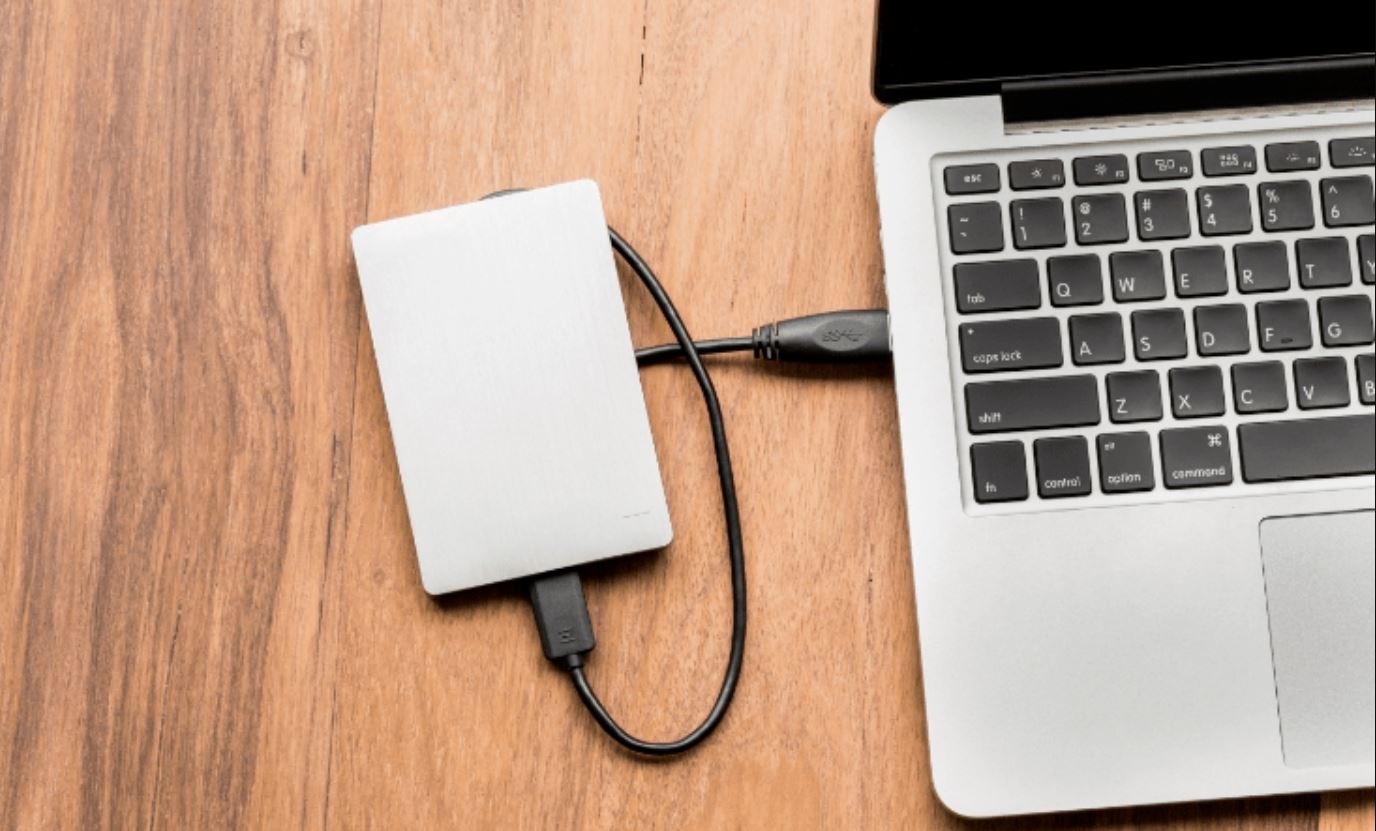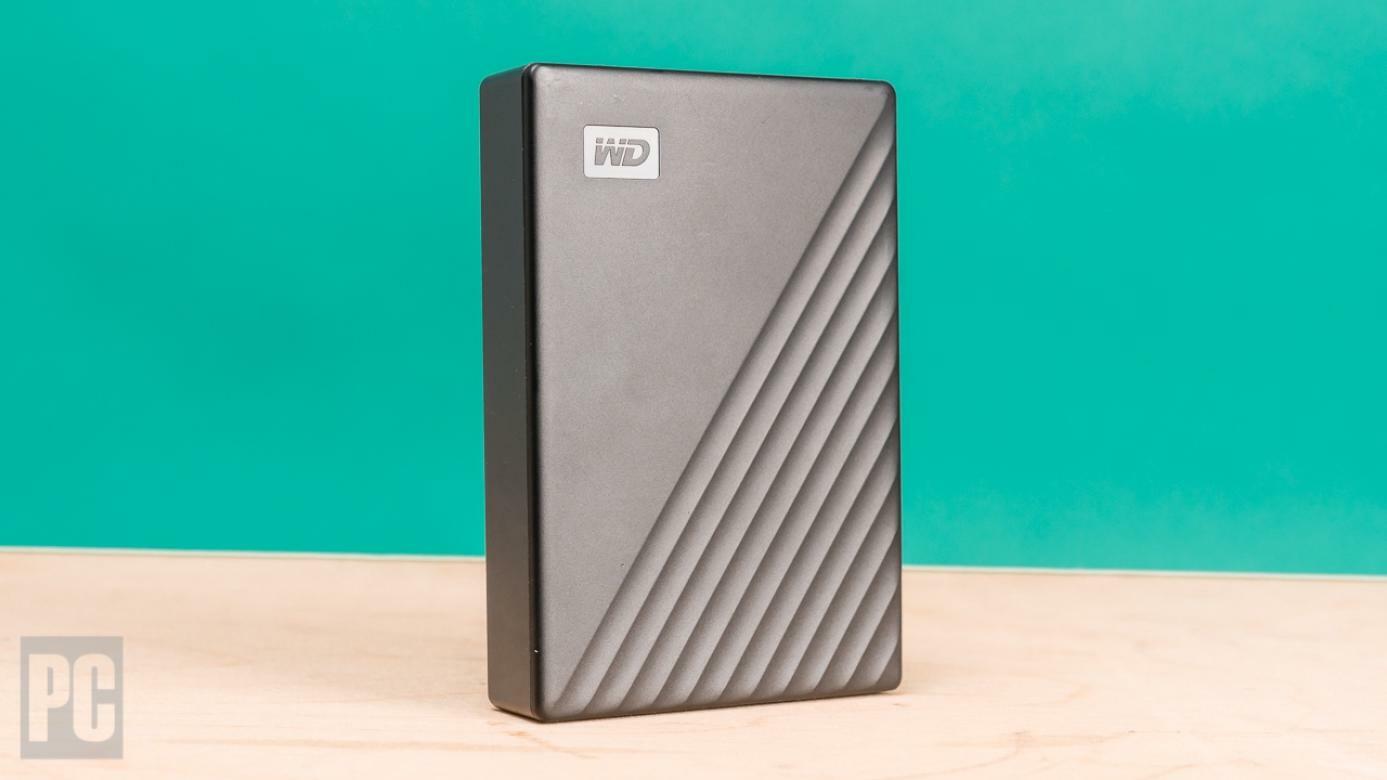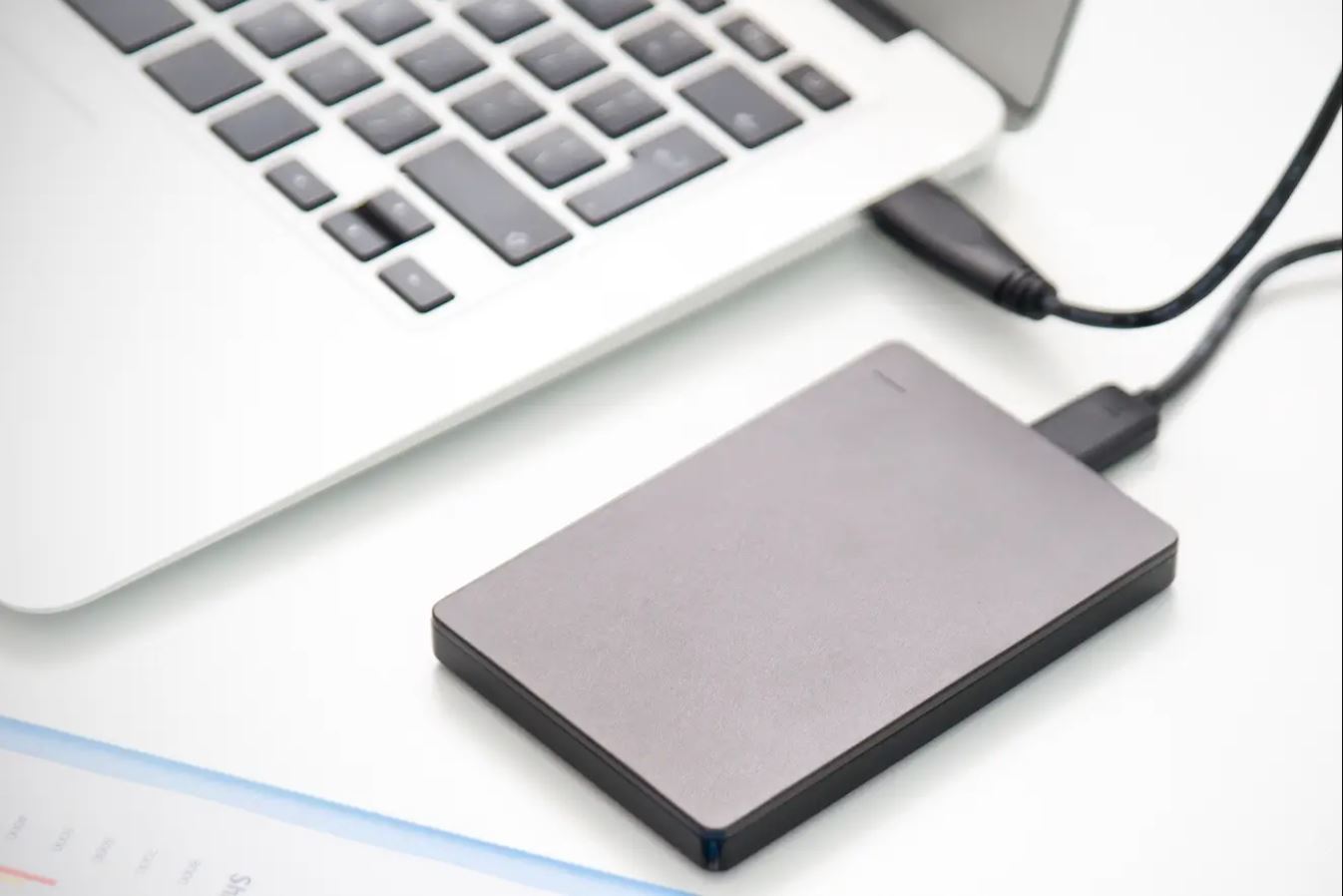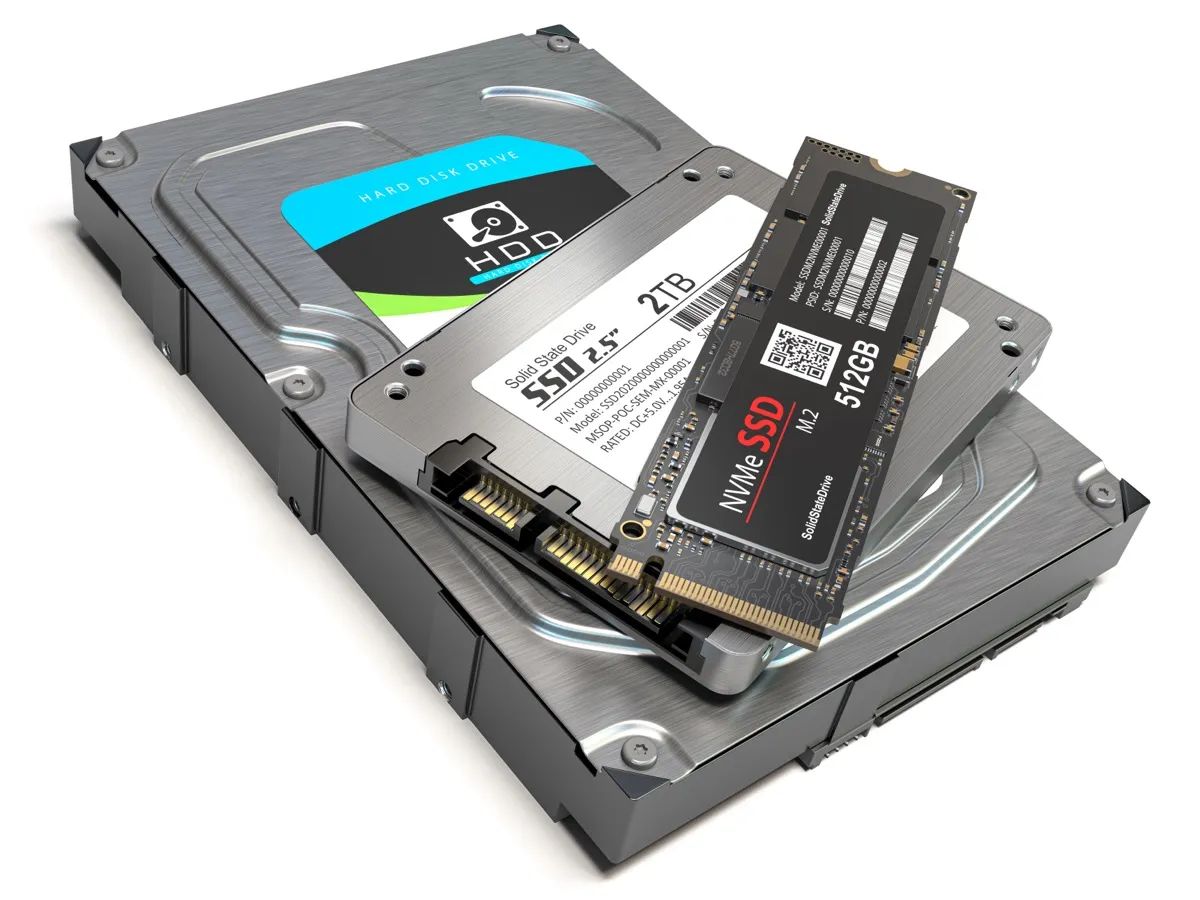Introduction
Welcome to the world of digital technology, where almost every aspect of our lives is connected to our computers. From important documents and cherished photos to valuable data and personal files, our computers store a wealth of information that we simply cannot afford to lose. However, the unfortunate reality is that computers can fail, and data loss is a distressing experience that many of us have encountered.
That’s why it’s absolutely crucial to regularly backup your computer to ensure that your valuable data is secure and protected. By creating a backup of your files, you can easily recover them in the event of a system failure, accidental deletion, or even a cyberattack. Thankfully, backing up your computer has become easier than ever before, thanks to external hard drives.
In this comprehensive guide, we will explore the ins and outs of automatically backing up your computer to an external hard drive. We’ll cover the importance of regular backups, the considerations for choosing the right external hard drive, how to set it up, and the various methods to automate the backup process. By the end, you’ll have all the knowledge you need to create a reliable and efficient backup system that will give you peace of mind knowing your data is safe.
Whether you’re a home user or a business professional, this guide is designed to help you understand the fundamentals of computer backups and empower you to take control of your data. So, let’s dive in and discover how you can automatically backup your computer to an external hard drive!
Why You Should Backup Your Computer
Imagine waking up one day to find that all your important files, documents, photos, and memories have vanished into thin air. It’s a nightmare scenario, but unfortunately, it’s a reality that many computer users face when they neglect to create backups. Here are several compelling reasons why you should prioritize backing up your computer:
- Data Loss Protection: Computers are not immune to accidents, hardware failures, or cybersecurity threats. By creating regular backups, you protect yourself against the risk of losing critical files and valuable data.
- System Failure Recovery: Even the most robust and well-maintained computers can experience unexpected hardware or software failures. With a backup in place, you can quickly restore your system to its previous state, minimizing downtime and frustration.
- Accidental Deletion: We’ve all accidentally deleted a file at some point. With a backup, you can easily retrieve important files that were mistakenly erased, saving you from unnecessary stress and frustration.
- Protection Against Ransomware: Ransomware attacks have become increasingly common, where malicious software encrypts your computer files and demands a ransom for their release. If you have a recent backup, you can simply restore unaffected files and avoid paying the ransom.
- Peace of Mind: Knowing that your files are safely backed up provides an invaluable sense of peace and security. You can confidently navigate through computer issues, knowing that your precious files are shielded from any potential threats.
Backing up your computer is not just a best practice; it is an essential part of responsible digital citizenship. Neglecting to backup your data can have severe consequences, from the loss of precious memories to disruption of business operations. Therefore, take the time to establish a reliable backup system to safeguard your digital life.
How to Choose the Right External Hard Drive for Backup
When it comes to selecting the right external hard drive for backup purposes, there are several factors to consider. Here are some key points to keep in mind:
- Storage Capacity: The first consideration is how much storage capacity you need. Take stock of the amount of data you currently have and estimate your future needs. External hard drives typically come in sizes ranging from a few hundred gigabytes to several terabytes.
- Connectivity: Consider the type of connectivity options available on the external hard drive. USB connections are the most common and widely compatible, but you may also find drives with Thunderbolt or eSATA ports, which offer faster transfer speeds.
- Portability: If you plan to use the external hard drive on the go or need to easily transport it between locations, opt for a portable and lightweight model. These drives are usually bus-powered, meaning they draw power from the connected device and do not require an external power source.
- Durability: Look for external hard drives with robust build quality, shock resistance, and protective features such as a durable casing or waterproofing. This will ensure your data remains safe even in challenging environments.
- Backup Software: Some external hard drives come with built-in backup software, simplifying the backup process. Consider if this feature is important to you, as it can provide an intuitive and streamlined experience.
- Price: Determine your budget and compare the prices of different external hard drives. Keep in mind that higher capacities and additional features may come at a higher cost.
By carefully evaluating these factors, you can find the external hard drive that best suits your backup needs. It’s important to strike a balance between storage capacity, features, and affordability to ensure a well-rounded backup solution.
Setting Up Your External Hard Drive
Once you have chosen the right external hard drive for your backup needs, it’s time to set it up and prepare it for use. Follow these steps to get your external hard drive up and running:
- Connect the Hard Drive: Plug one end of the USB cable into the external hard drive and the other end into an available USB port on your computer. Ensure a secure connection.
- Power On the Drive: If your external hard drive requires external power, connect it to a power source and turn it on. If it is a portable drive, it will be powered via the USB connection.
- Formatting the Drive: Before you can use the external hard drive, you may need to format it to be compatible with your operating system. Follow the instructions provided with the hard drive or consult the manufacturer’s website for guidance on formatting.
- Create a Backup Folder: Once the drive is formatted, create a dedicated folder on the external hard drive to store your backup files. Name it something descriptive, like “Backup” or “My Computer Backup.”
- Set Permissions: Configure the folder permissions on the external hard drive to ensure that only authorized users can access your backup files. This step adds an extra layer of security to your backup process.
- Organize Your Folders: Consider setting up subfolders within your backup folder to categorize your files and make them easier to find. For example, you could create separate folders for documents, photos, videos, and other file types.
- Start Manual Backup: If you prefer manual backups, you can now start copying your important files and folders from your computer to the backup folder on the external hard drive. Simply drag and drop the files or use the copy-paste method.
Once you have completed these steps, your external hard drive is ready to serve as a reliable backup destination for your computer. However, for more convenience and peace of mind, it’s recommended to automate the backup process using built-in backup software or third-party backup tools.
Using Built-in Backup Software
Many modern operating systems come equipped with built-in backup software that simplifies the backup process and offers additional features for data protection. Here’s how you can leverage the built-in backup software on your computer:
- Windows Backup and Restore: If you are using Windows, you can utilize the built-in Backup and Restore feature. Open the Control Panel, navigate to the Backup and Restore settings, and follow the prompts to create a backup schedule and specify the files and folders to back up.
- Time Machine: Mac users can take advantage of Time Machine, Apple’s built-in backup software. With Time Machine, you can automatically back up your entire Mac or specific files to an external hard drive. Simply connect the drive, open Time Machine in System Preferences, and configure your backup preferences.
- Cloud Backup: Some operating systems offer integrated cloud backup solutions, such as iCloud for Mac and OneDrive for Windows. These services allow you to automatically back up your files to the cloud, providing an additional layer of protection in case of physical drive failure or damage.
- Scheduling and Incremental Backups: Built-in backup software often includes options to schedule backups at specific intervals, such as daily, weekly, or monthly. Additionally, these tools typically perform incremental backups, which only save changes made to files since the last backup, resulting in faster backup times and optimized storage usage.
- File Versioning and Restoration: Backup software may also support file versioning, allowing you to access previous versions of files in case you need to restore an older version. This feature can be particularly helpful in situations where you accidentally overwrite a file or need to retrieve a previous version of an important document.
By utilizing the built-in backup software that comes with your operating system, you can streamline the backup process and ensure that your important files and folders are routinely protected. Take the time to explore the options and settings provided by your specific operating system to fully leverage the benefits of the built-in backup software.
Automating Your Backup Process
Manually backing up your computer can be time-consuming and prone to human error. To ensure your data is consistently backed up, it’s highly recommended to automate the backup process. Here are some methods to automate your computer backup:
- Scheduled Backups: Most backup software allows you to schedule automated backups at specific intervals. Set up a schedule that suits your needs, whether it’s daily, weekly, or monthly. This ensures that your backup runs automatically without requiring your manual intervention.
- Incremental Backups: Take advantage of incremental backups, which only save changes made to files since the last backup. This approach reduces backup time and optimizes storage usage while ensuring that your most recent data is always backed up.
- Real-Time Syncing: Consider using file syncing or cloud storage services that offer real-time syncing functionality. With real-time syncing, any changes you make to files on your computer are automatically and immediately mirrored to the external hard drive or cloud storage, providing near-instantaneous backup.
- Backup Software Notifications: Enable notifications or alerts from your backup software to stay informed about the status of your backups. These notifications can alert you if a backup fails or if there are any issues that require your attention.
- Background Process: Configure your backup software to run as a background process, consuming minimal system resources while performing backups. This allows you to continue using your computer without interruptions while ensuring that backups occur seamlessly in the background.
- Network Attached Storage (NAS): If you have multiple computers within a network, consider setting up a Network Attached Storage (NAS) device. A NAS device acts as a centralized storage solution that can automatically backup all connected computers, providing a convenient and automated backup process.
By automating your backup process, you eliminate the risk of forgetting to manually back up your files and ensure that your data is consistently protected. Choose the method that best suits your needs and preferences, and enjoy the peace of mind that comes with having an automated and reliable backup system in place.
Checking Your Backup and Restoring Files
Once you’ve set up and automated your backup process, it’s essential to regularly check the status of your backups and familiarize yourself with the process of restoring files. Here’s how you can ensure the integrity of your backups and easily restore files when needed:
- Regular Backup Checks: Periodically verify that your backups are running successfully and completing without errors. Check the logs or notifications provided by your backup software to confirm that backups are occurring as scheduled and that all files you intend to backup are included.
- Test Restorations: Select a few files or folders and practice restoring them from your backup. This helps ensure that you understand the restoration process and confirms that your backups are functional. Ideally, perform test restorations on a separate device or in a test environment to avoid accidentally overwriting or deleting files on your primary computer.
- Version History: If your backup software supports file versioning, familiarize yourself with how to access previous versions of files. In the event of accidental file modifications or deletions, being able to revert to a previous version can save you from data loss or unnecessary frustration.
- File Integrity Checks: Occasionally verify the integrity of your backup files by opening and checking individual files or running file verification tools. This step ensures that your backup files are not corrupted and can be reliably restored when needed.
By periodically checking your backups and practicing file restorations, you gain confidence in the reliability and effectiveness of your backup system. These measures also allow you to identify and resolve any potential issues or discrepancies before they escalate into critical problems.
Remember, backups are only as good as their ability to restore your files when needed. So, invest time in familiarizing yourself with the restoration process and use periodic checks to gain peace of mind that your backups are reliable and your data is recoverable.
Additional Tips for Backup Success
While setting up automated backups is a great step towards securing your data, there are additional tips and best practices to ensure backup success. Here are some helpful guidelines to consider:
- Keep Multiple Copies: Don’t rely solely on one backup. Have multiple copies of your important data, stored in different locations or on different storage devices. This protects against the risk of hardware failure or loss due to unforeseen circumstances.
- Use Encryption: If your backup software offers encryption options, consider enabling them to encrypt your backup files. Encryption adds an extra layer of security, preventing unauthorized access to your sensitive data.
- Offsite Backup: In addition to your local external hard drive backup, consider storing a copy of your important files in an offsite location. This could be a cloud storage service or a backup in a different physical location to protect against theft, fire, or natural disasters.
- Regularly Update Backup: Review and update the files and folders included in your backups periodically. Remove unnecessary files and add new important files to ensure that your backup remains relevant and up to date.
- Monitor Storage Capacity: Keep an eye on the storage capacity of your backup drive. If it starts to fill up, consider upgrading to a larger drive or removing old backups that are no longer needed.
- Protect Against Malware: Use reliable antivirus and anti-malware software to protect your computer from infections or ransomware attacks. Regularly update and scan your system to minimize the risk of data loss or corruption.
- Document Your Backup Process: Maintain a record of your backup settings, schedule, and any specific configurations you’ve made. This documentation will be helpful in the event of hardware upgrades, system reinstallation, or when setting up backups on a new computer.
- Regularly Review Backup Strategy: Periodically assess your backup strategy to ensure it aligns with your evolving needs. As your data grows or your usage patterns change, you may need to adjust the backup frequency, storage capacity, or even consider adopting new backup technologies.
By incorporating these additional tips into your backup strategy, you enhance the reliability, security, and effectiveness of your backups. Remember that backup success requires ongoing maintenance, periodic evaluation, and a proactive approach to protect your valuable data.
Conclusion
Backing up your computer is an essential practice that ensures the safety and security of your valuable data. By following the steps outlined in this guide, you can establish an automated backup system that protects your files from accidents, hardware failures, and cybersecurity threats.
We began by highlighting the importance of computer backups and the potential risks of data loss. With the reliance we place on our computers, backing up is no longer an optional task – it’s a necessity.
Next, we explored how to choose the right external hard drive for backups, considering factors such as storage capacity, connectivity, portability, and durability. Selecting the right hardware is crucial to building a reliable backup solution.
We then delved into the process of setting up your external hard drive and preparing it for use. Formatting the drive, creating backup folders, and configuring permissions are crucial steps to ensure your backup process is smooth and organized.
We discussed the use of built-in backup software, such as Windows Backup and Restore or Apple’s Time Machine, to simplify the backup process. These tools provide scheduling options, incremental backups, and even file versioning for comprehensive data protection.
To make the backup process even more efficient, we explored methods for automating backups. Scheduled backups, incremental backups, and real-time syncing ensure that your backup system runs seamlessly, giving you peace of mind knowing your data is continuously protected.
We also emphasized the importance of regularly checking your backups and practicing file restorations to ensure the integrity and effectiveness of your backup system. Test restorations, file integrity checks, and monitoring the backup process are essential steps to verify that your data is recoverable when needed.
Lastly, we provided additional tips for backup success, including maintaining multiple copies of your data, using encryption, regularly updating backups, monitoring storage capacity, protecting against malware, documenting backup settings, and periodically reviewing your backup strategy.
In conclusion, by implementing a reliable backup system, you can safeguard your valuable data and prevent the devastating consequences of data loss. Take the time to choose the right external hard drive, automate your backup process, and periodically check your backups. With these practices in place, you can enjoy peace of mind, knowing that your files are protected and that you have the ability to restore them when needed.







